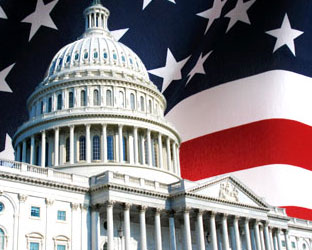WASHINGTON, D.C. — House and Senate negotiators have agreed on a $20 million increase in funding for the Corporation for Public Broadcasting – its first increase in a decade.
The House formally approved the increase on Tuesday as part of a package of bills to fund the federal government in fiscal year 2020.
The Senate is expected to consider the funding package before Friday. If not, the Federal Government will go into shutdown mode. This is not expected.
The CPB dollars were warmly welcomed by Patrick Butler, President/CEO of America’s Public Television Stations (APTS).
“America’s Public Television Stations are grateful for this increase, which will begin to restore the nearly $100 million in purchasing power public broadcasting has lost in a decade of frozen funding,” Butler said.
However, while APTS appreciates steady funding through 10 years of budgetary austerity, he laments that noncommercial TV stations “have been under increasing pressure to do more with less in recent years.”
He blames this on technology, viewer habits and evolving public service missions.
Still, Butler notes the funding increase to $465 million “will enable local public television stations to educate more children, protect more lives and property, and equip more well-informed citizens with the tools they need to guide the world’s most important democracy.”
APTS is also grateful that the omnibus legislation passed in the House provides “level funding of $20 million for the public media interconnection systems that help support our public safety and homeland security missions, deliver national programs to even the most rural and remote audiences, and create operational efficiencies that stretch the value of every federal dollar.”
Further, Butler says APTS is “especially pleased” that the House has provided $29 million, an increase of more than $1.2 million, in FY 2020 for Ready To Learn, a competitive grant program at the Department of Education that supports the creation of public television’s unmatched early childhood educational content and activities on-air, online and on-the-ground. Public television helps millions of preschool children get ready to learn in school and succeed in life, helps close the achievement gap between children from low-income families and their more affluent peers, and supports two million teachers who educate 40 million K-12 students in American classrooms every day.”
Butler concluded that the “broad support for public media funding among both Republicans and Democrats in Congress reflects the overwhelming support the American people have for local public television stations’ service in communities across the country, and we couldn’t be more proud of this vote of enhanced confidence in our work.”
— RBR+TVBR Washington





